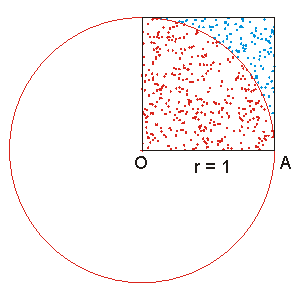Articles to Reconsider in the Wake of bin Laden's Death
For me the prevailing emotion after learning that Osama bin Laden had been killed was sadness. Certainly not for the man, but his death brought back many memories and emotions I remember feeling as an undergraduate ten years ago on the morning of the attacks. How this single event entirely changed the world I lived in, and it subsequent direct impact it had on my life and career.
I also felt a sense of discomfort at the unabashed jubilation. Killing bin Laden is a significant milestone, but not a yardstick of progress. This is a great victory for the Obama White House, the U.S. intelligence community, and the special forces that executed the raid. But, will it have any impact on transnational terrorism, or radicalization more generally? Cautious optimism should rule of the day, and by way of promoting this perspective below are five articles that approach this question from many different angles.
If there are others you think should be included please add them in the comments.
- "Does Osama Still Call the Shots?," by Marc Sageman and Bruce Hoffman, Foreign Affairs (July/August, 2008).
A brief debate between two renowned scholars on opposite ends of the questions. - "The Propaganda of the Deed: Terrorism, Counterterrorism, and Mobilization," by Ethan Bueno de Mesquita and Eric S. Dickson, American Journal of Political Science (April, 2007) [un-gated].
An economic model of grassroots recruitment where "leadership" has very little role. - "How Al-Qaida Ends: The Decline and Demise of Terrorist Groups," by Audrey Kurth Cronin, International Security (Summer, 2006) [un-gated].
An examination of how previous terrorist organizations decline and fail may inform this process in the context of al-Qaida. - "Fear in the Voting Booth: The 2004 Presidential Election," by Paul R. Abramson, et al., Political Behavior (June, 2007) [un-gated].
Historical context may help us understand how bin Laden's death affect the 2012 election. - "When Heads Roll: Assessing the Effectiveness of Leadership Decapitation," by Jenna Jordan, Security Studies (2009) [un-gated].
A case study driven analysis on the effectiveness of targeted killings in counterterrorism.





